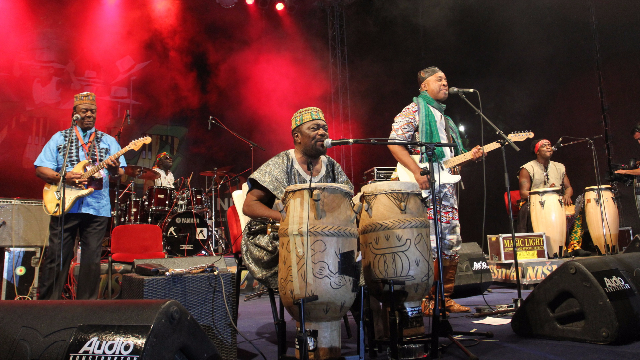The name Highlife is thought to have been coined in the early 20th Century when people on the streets outside clubs reserved for the Gold Coast elite observed the elegant clothes and dancing of the customers inside.
Dance band Highlife is just one element of the music which has soaked up all manner of cultural traffic that has marked this part of West Africa. Military bands, gospel, calypso, folk music, ragtime, jazz, reggae, hip hop have all left their imprint on Highlife in a dizzying back-and-forth between Africa and the New World.
Audio PlayerWhen the Gold Coast became the independent state of Ghana in 1957, the music became associated with the search for a national identity. Ghana’s first president, Kwame Nkrumah, made Highlife the national dance music, a move that was copied by other emerging nations of West Africa. But from its heyday in the 1960s and ’70s, Highlife fell on hard times when a military regime came to power and imposed a curfew. Many musicians left the country to pursue their careers elsewhere. But Highlife proved once more that it could take on new influences, even in exile, and today it is the backdrop to the popular Highlife genre.
With the help of musical examples, Rajan Datar and guests will explore how Highlife works, and discuss how it has grown from its origins in the towns of the Gold Coast to become a commercial success the world over.
Joining Rajan will be guitarist and singer Kari Bannerman, percussionist Oheneba Kofi Adu, producer of the long-running American radio show Afropop Worldwide, Banning Eyre, and Dr Nana Amoah-Ramey, author of Female Highlife Performers in Ghana: Expression, Resistance and Advocacy.



